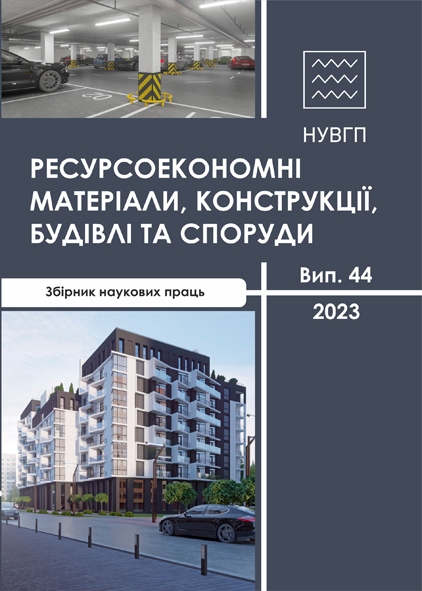MIXTURES FOR 3D PRINTING USING GROUND CONCRETE AND BRICK SCRAP
DOI:
https://doi.org/10.31713/budres.v0i44.09Abstract
The article provides an analysis of the use of crushed concrete and brick scrap in concrete mixes. The possibility of obtaining fine-grained concrete mixtures and concretes that can be used as working mixtures for a 3D printer is shown. In connection with the war in Ukraine, when many buildings are destroyed, the problem of disposal or reuse of concrete and brick scrap is quite urgent. In this regard, the utilization of concrete and brick scrap from destroyed buildings and structures for the production of building composites seems promising. The use of these man-made materials in the production of mixtures is determined by a number of objective factors, primarily from an ecological point of view. And also from the point of view of expanding the raw material base for obtaining dry construction mixes, and for environmental reasons.
The influence of the composition on the properties of fine-grained concrete using ground concrete and brick scrap in the presence of the addition of a activator hardening - sodium hydroxide - was established. The addition of NaOH contributes to the increase of early and vintage strength.
With the help of mathematical planning of experiments, a set of polynomial models of the properties of fine-grained concrete mixtures for 3D printing was obtained. A laboratory printer was developed and used for research. On the basis of the obtained models, an analysis of the factors of the composition of concrete mixtures according to the investigated properties was carried out. Taking into account the peculiarities of building constructions during the erection of structures with the help of a 3D printer, the necessary properties of extruded mixtures and concretes based on them have been determined. Methods of determining the standardized properties of the concrete mixture, the design of a laboratory printer for determining the necessary structural strength of the structure during its layer-by-layer installation are proposed.

